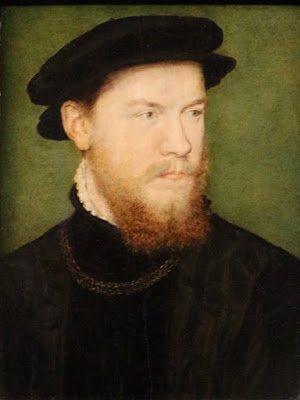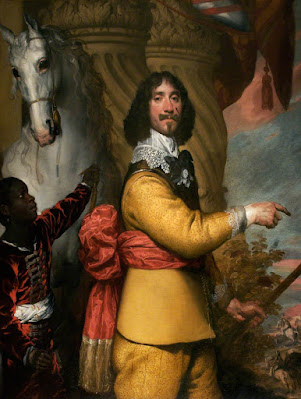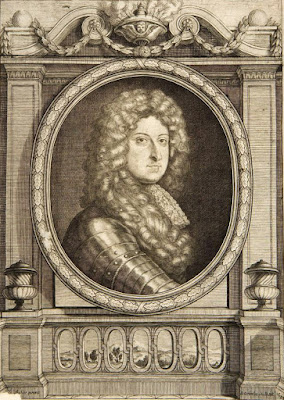 |
| attributed to the Master of the Countess of Warwick Elizabeth Fitzgerald, later Countess of Lincoln ("The Fair Geraldine") ca. 1560-70 oil on panel National Gallery of Ireland, Dublin |
 |
| François Clouet François de la Rochefoucauld, seigneur de Ravel et de Rascel ca. 1558 drawing Musée du Louvre |
 |
| Anonymous Italian Artist Portrait of a Nobleman in Armour ca. 1540-60 oil on canvas Rijksmuseum, Amsterdam |
 |
| Bartolomeo Veneto Portrait of Lodovico Martinengo 1546 oil on panel National Gallery, London |
 |
| John Bettes the Elder Portrait of a Man in a Black Cap 1545 oil on panel Tate Britain |
 |
| Corneille de Lyon Portrait of François de Bonnivet ca. 1545 oil on panel Toledo Museum of Art, Ohio |
 |
| Corneille de Lyon Portrait of a Man ca. 1540 oil on panel Indianapolis Museum of Art |
 |
| Bernardino Luini Portrait of a Woman before 1532 drawing Musée du Louvre |
 |
| Jan Gossaert Portrait of a Man with Gloves ca. 1530-32 oil on panel National Gallery, London |
 |
| Jan Gossaert Portrait of a Nobleman ca. 1530 oil on panel Gemäldegalerie, Berlin |
 |
| Simon Bening Portrait of a Man 1525 gouache on vellum Musée du Louvre |
 |
| Rosso Fiorentino Portrait of a Knight of Saint John ca. 1523-24 oil on panel National Gallery, London |
 |
| Rosso Fiorentino Portrait of a Young Man holding a Letter 1518 oil on panel National Gallery, London |
 |
| Domenico Capriolo Portrait of a Youth in Armour ca. 1520 oil on panel Gemäldegalerie, Berlin |
 |
| Macrino d'Alba Portrait of Anne d'Alençon, Marchesa di Monferrato ca. 1518 oil on panel Chiesa di Santa Maria di Crea a Casale Monferrato |
 |
| Anonymous Netherlandish Artist Portrait of a Princess with a Falcon 16th century watercolor on vellum Musée du Louvre |
"To be a good Face-Painter, a degree of the Historical, and Poetical Genius is requisite, and a great Measure of the other Talents, and Advantages which a good History-Painter must possess: Nay some of them, particularly Colouring, he ought to have in greater Perfection than is absolutely necessary for a History-Painter."
"A Portrait-Painter must understand Mankind, and enter into their Characters, and express their Minds as well as their Faces: And as his Business is chiefly with People of Condition, he must Think as a Gentleman, and a Man of Sense, or 'twill be impossible to give Such their True, and Proper Resemblances."
"But if a Painter of this kind is not oblig'd to take in such a compass of Knowledge as he that paints History, and that the Latter upon Some accounts is the nobler Employment, upon Others the Preference is due to Face-Painting; and the peculiar Difficulties such a one has to encounter will perhaps balance what he is excused from. He is chiefly concerned with the Noblest, and most Beautiful part of Humane Nature, the Face; and is obliged to the utmost Exactness. A History-Painter has vast Liberties; if he is to give Life, and Greatness, and Grace to his Figures, and the Airs of his Heads, he may chuse what Faces, and Figures he pleases; but the Other must give all that (in some degree at least) to Subjects where 'tis not always to be found, and must Find, or Make Variety in much narrower Bounds than the History-Painter has to Range in."
– Jonathan Richardson, Senior, from Essay on the Theory of Painting (1725)















































